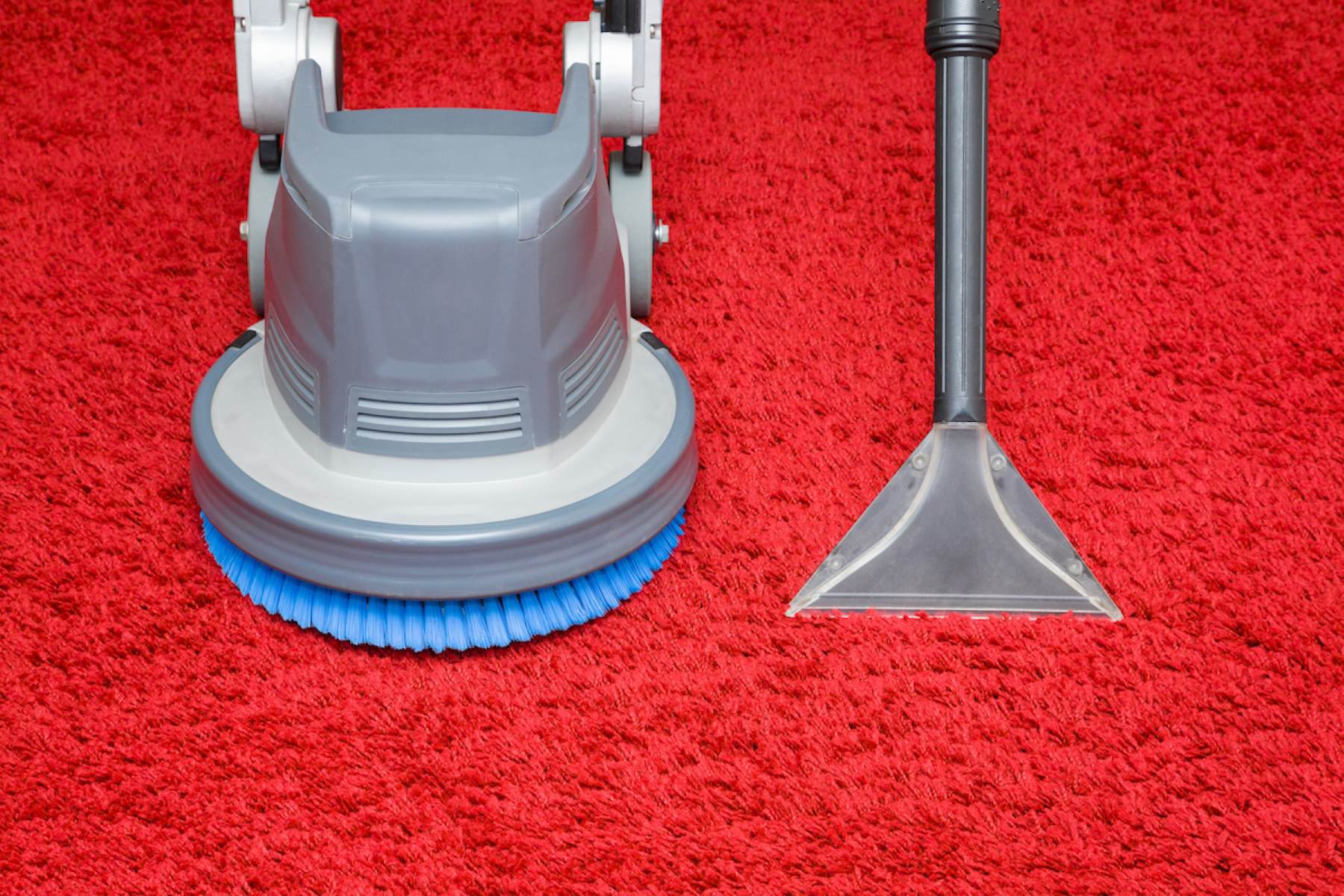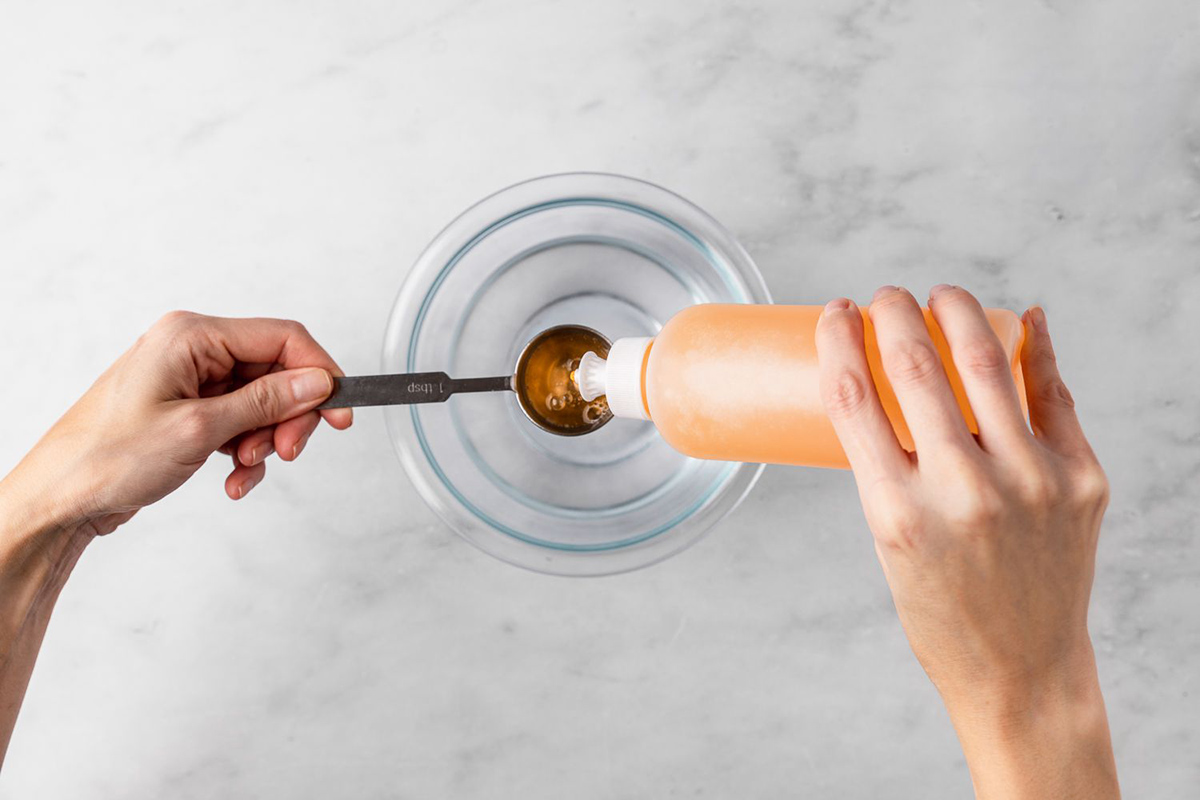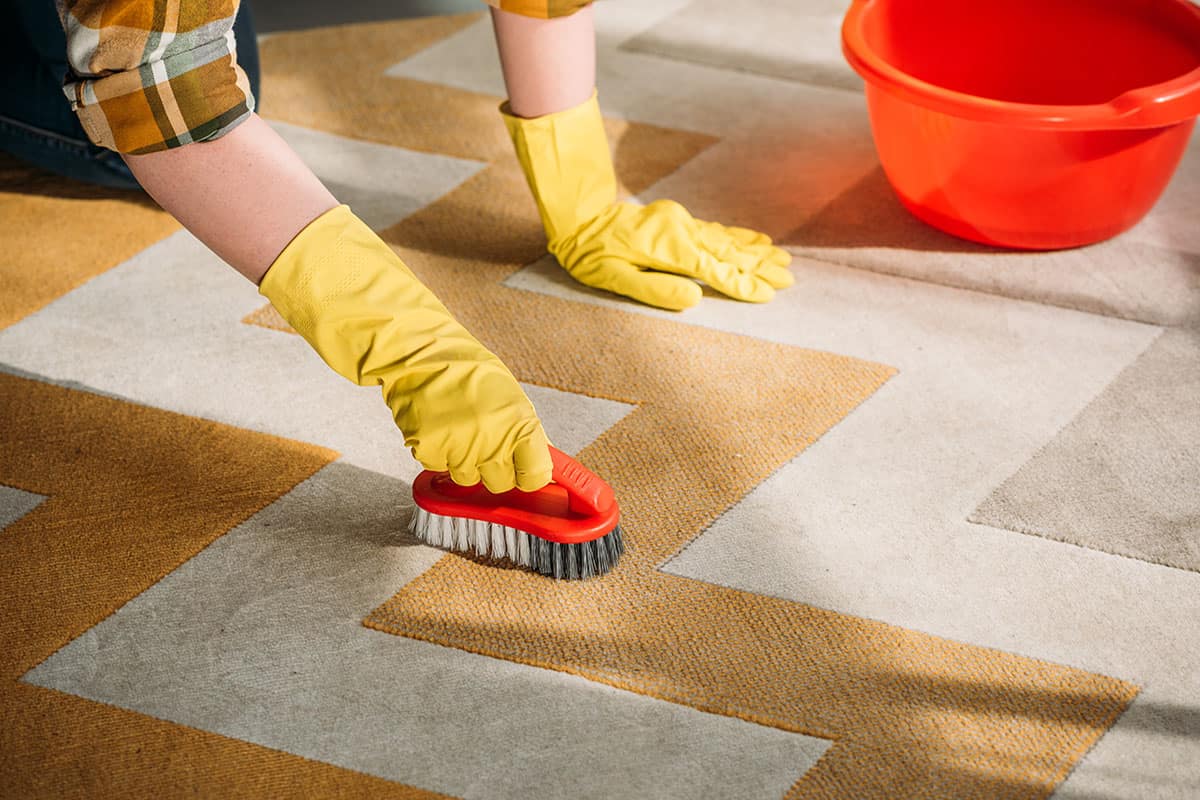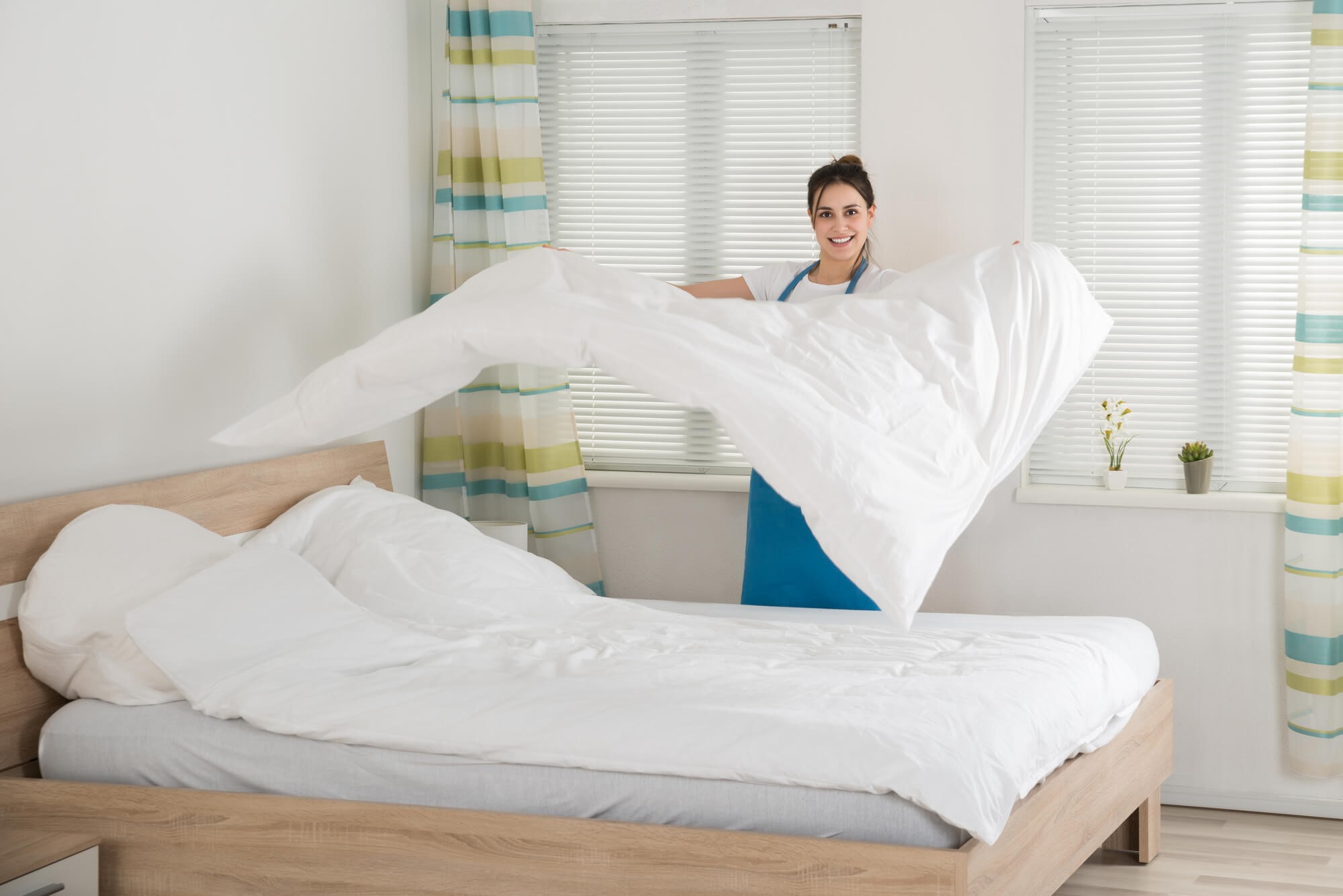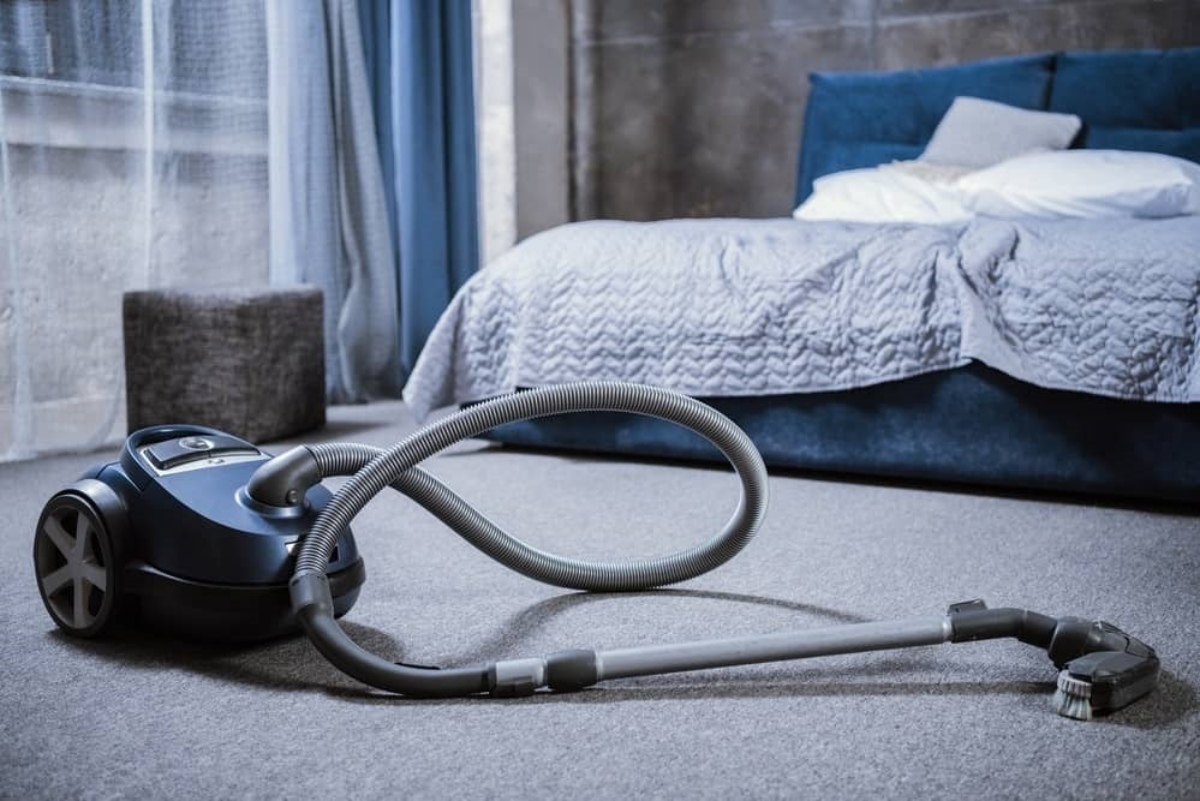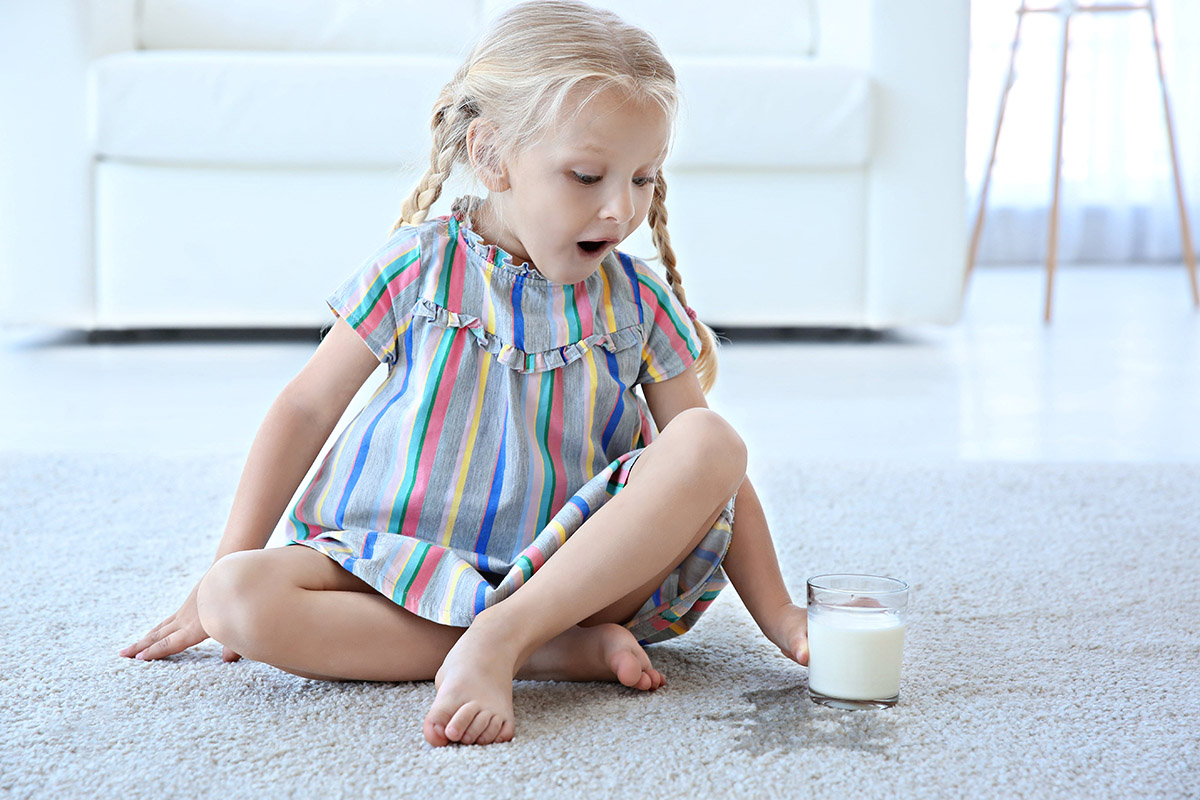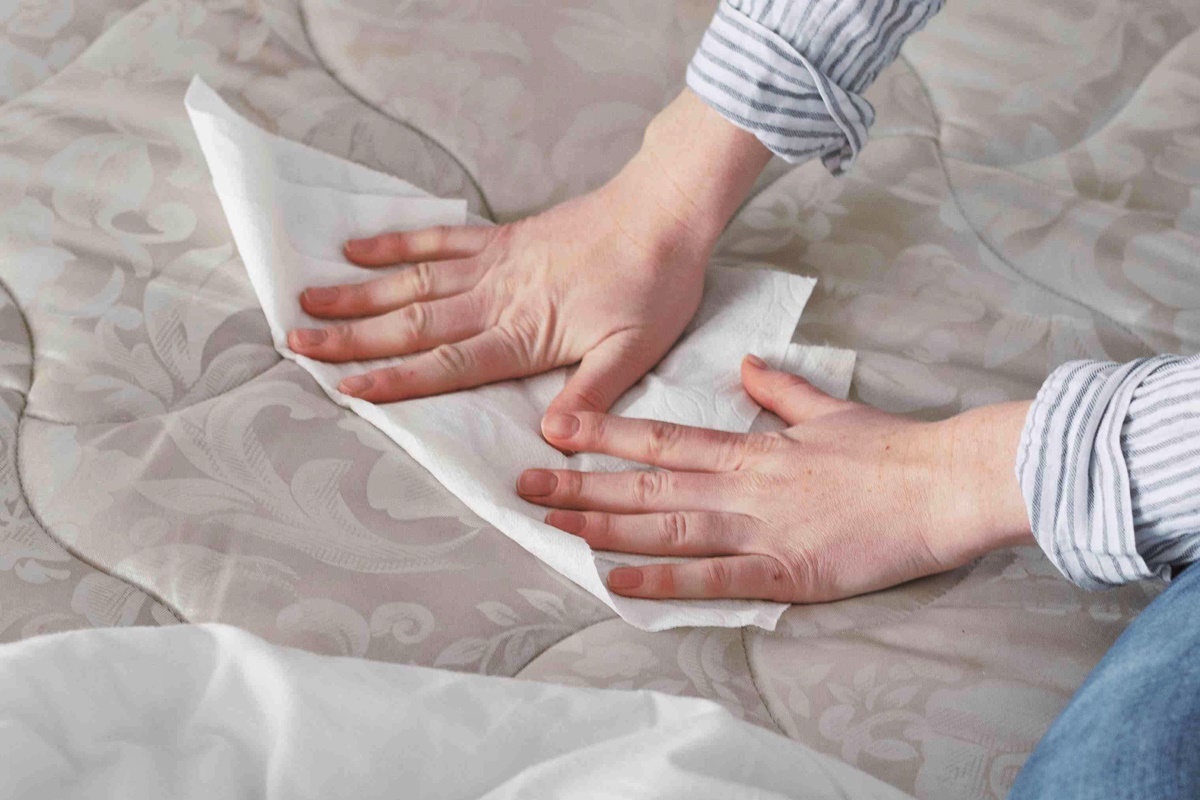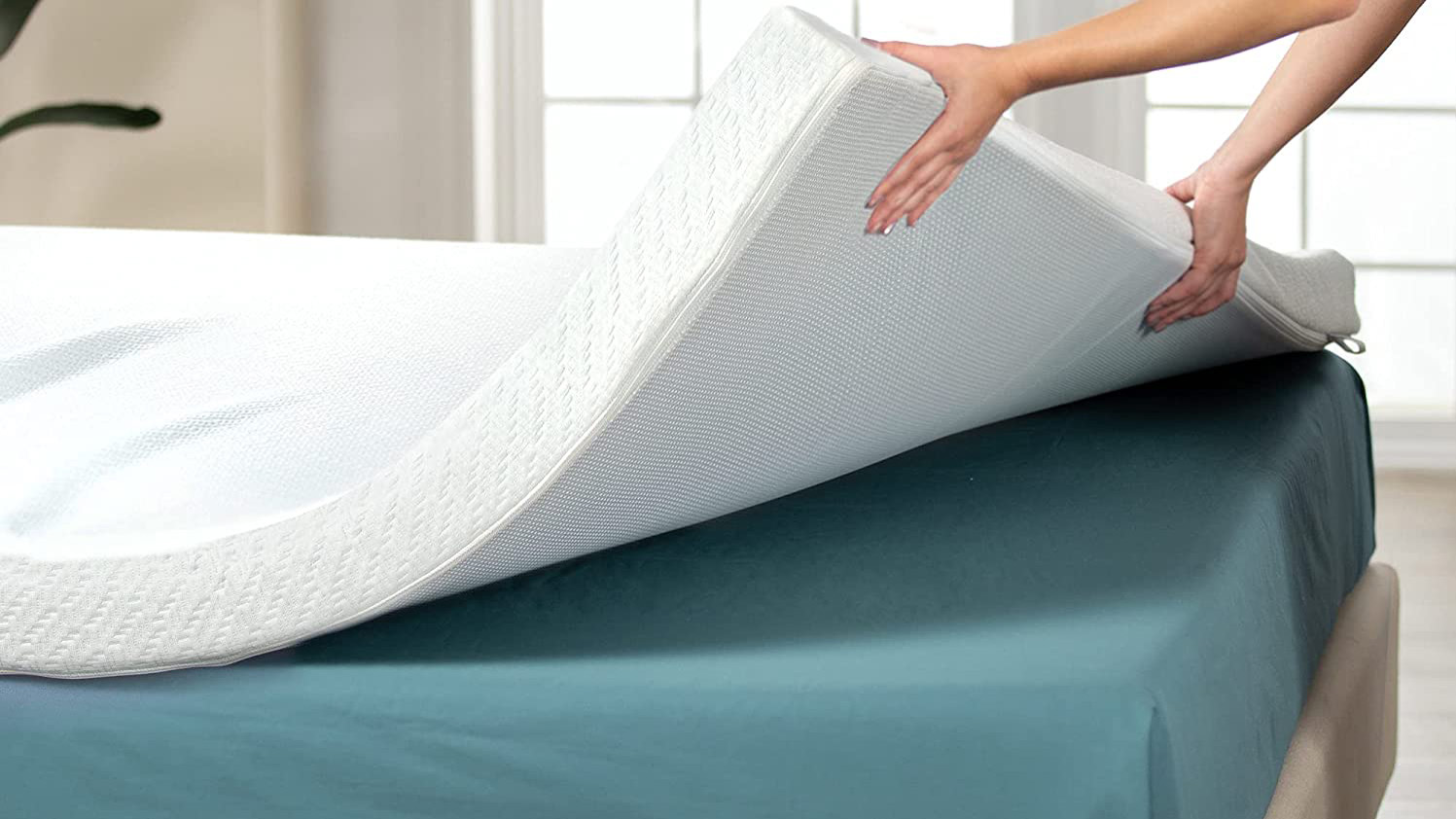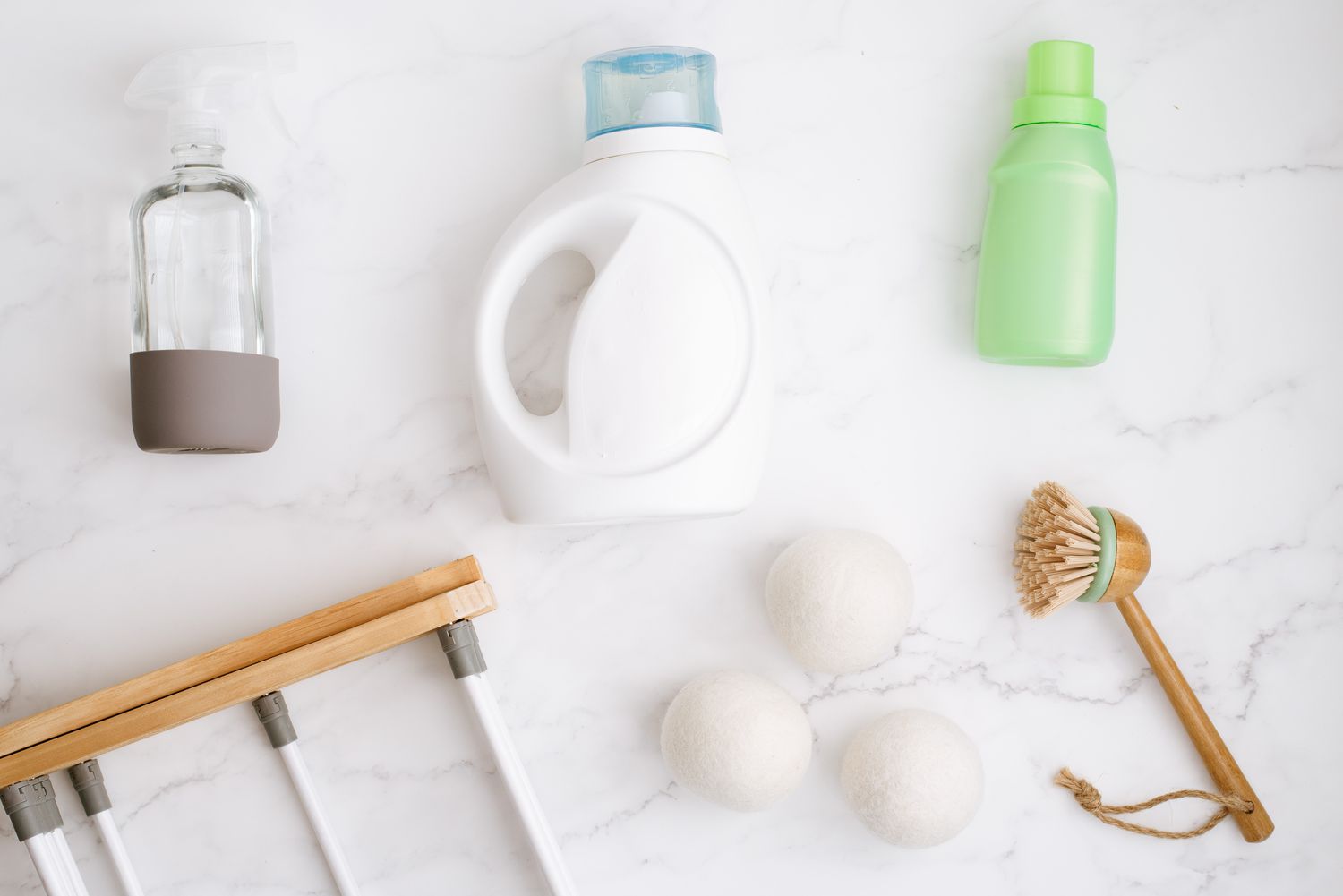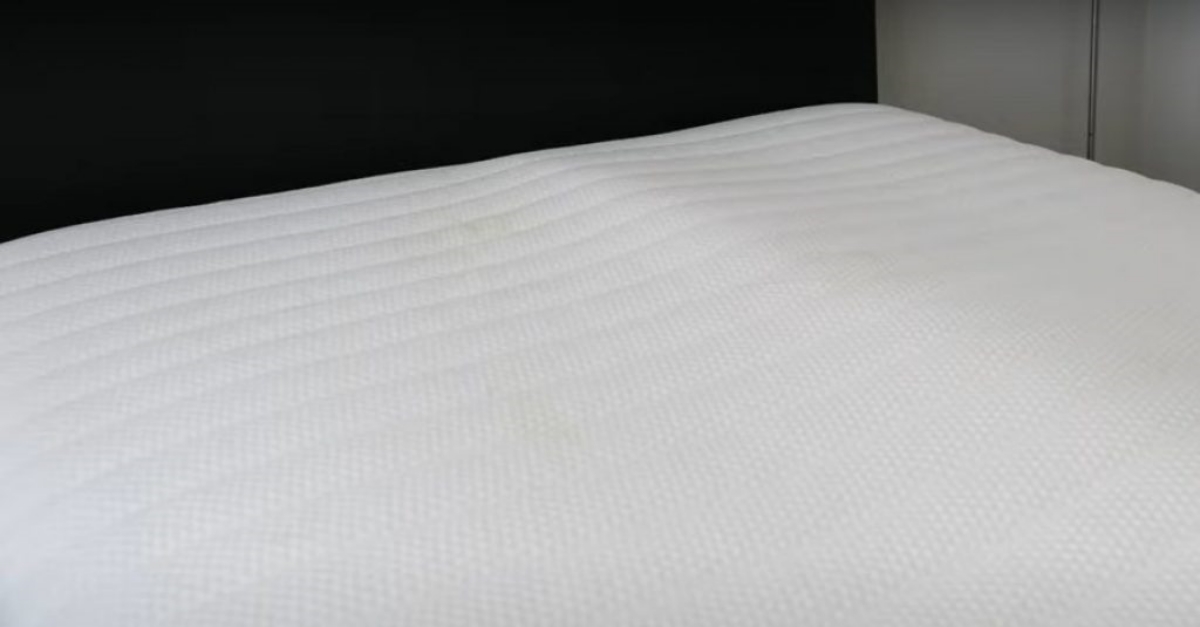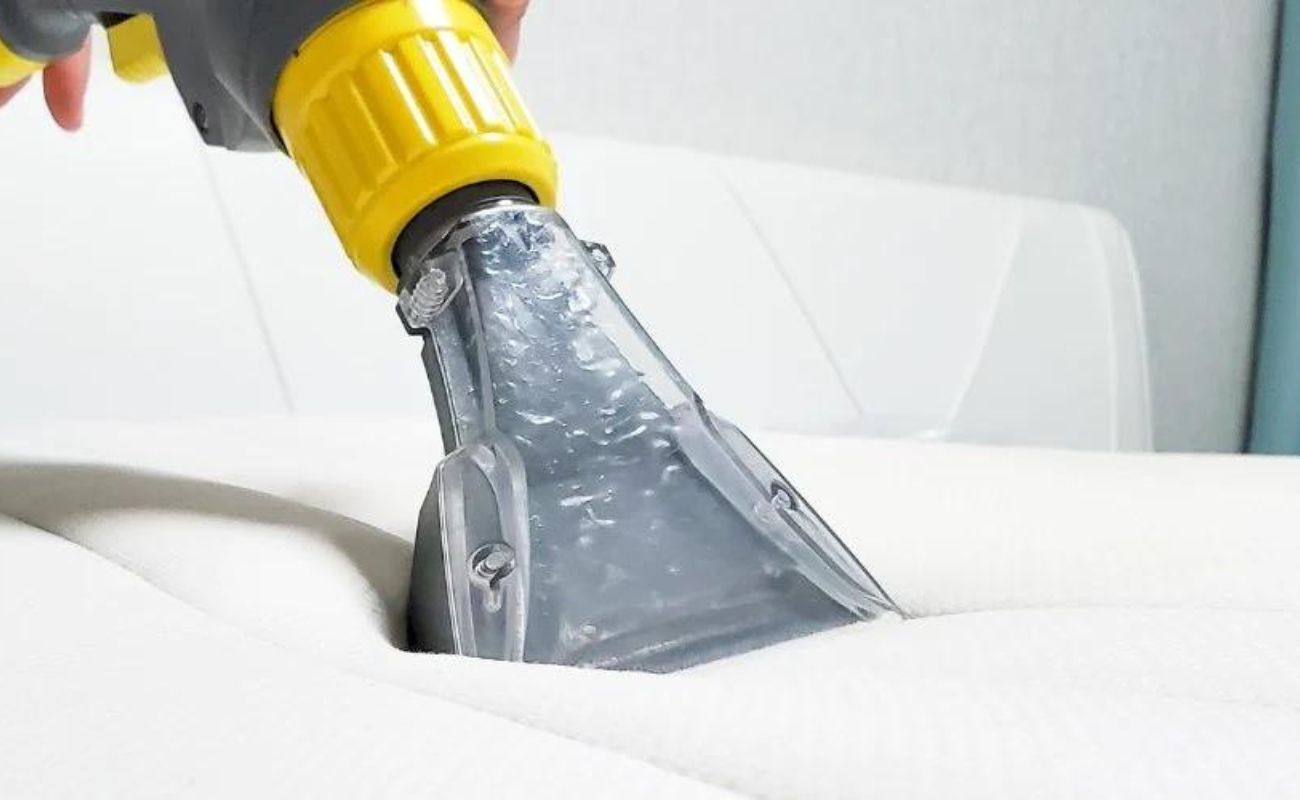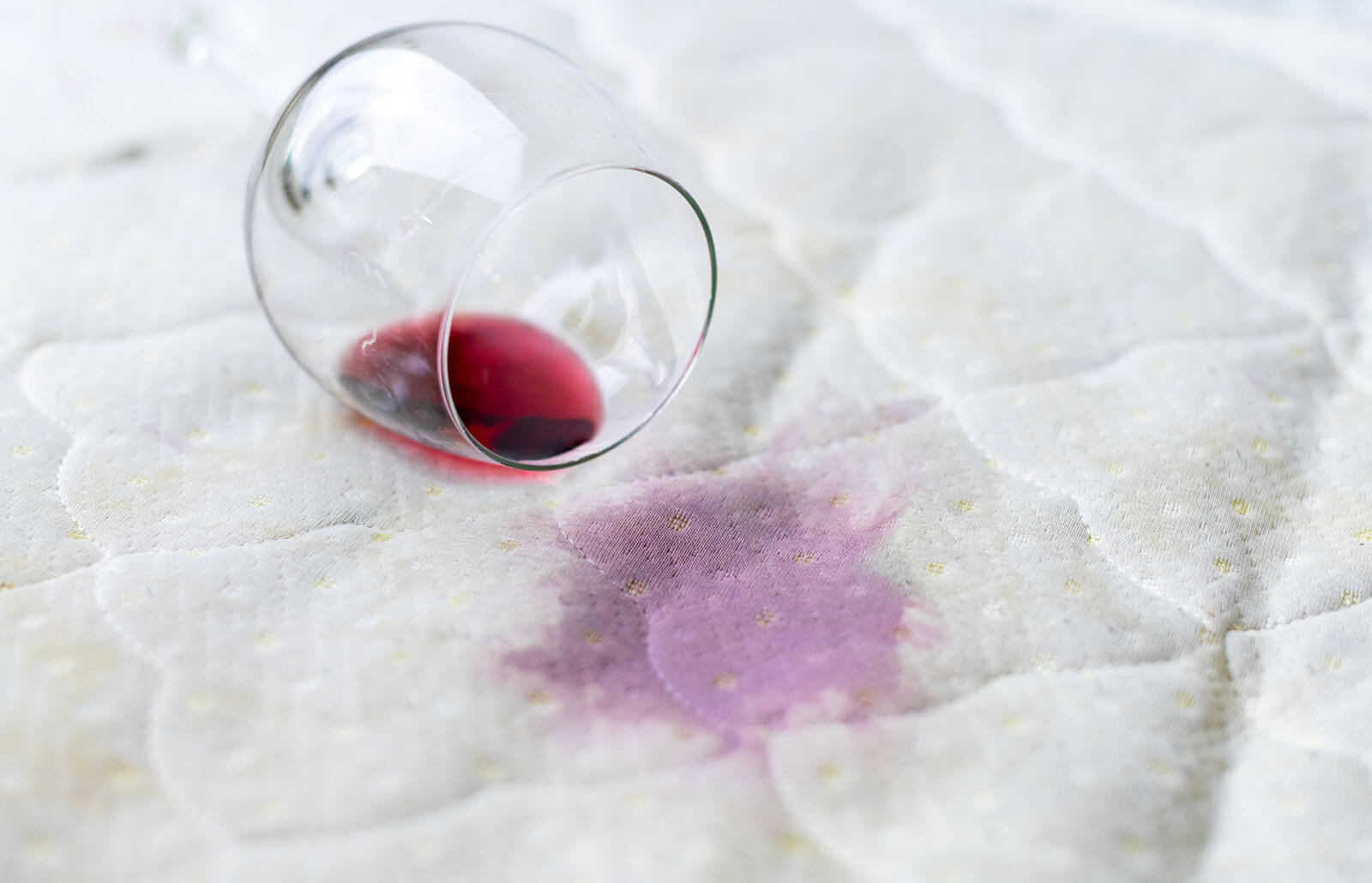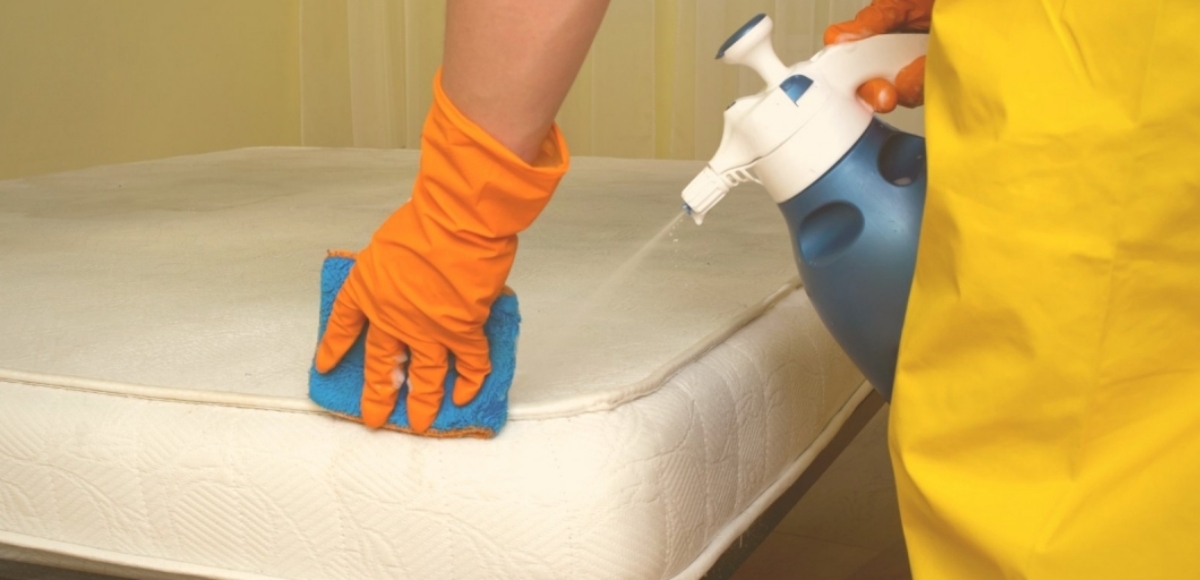Home>Furniture>Bedroom Furniture>How To Get Milk Out Of A Mattress
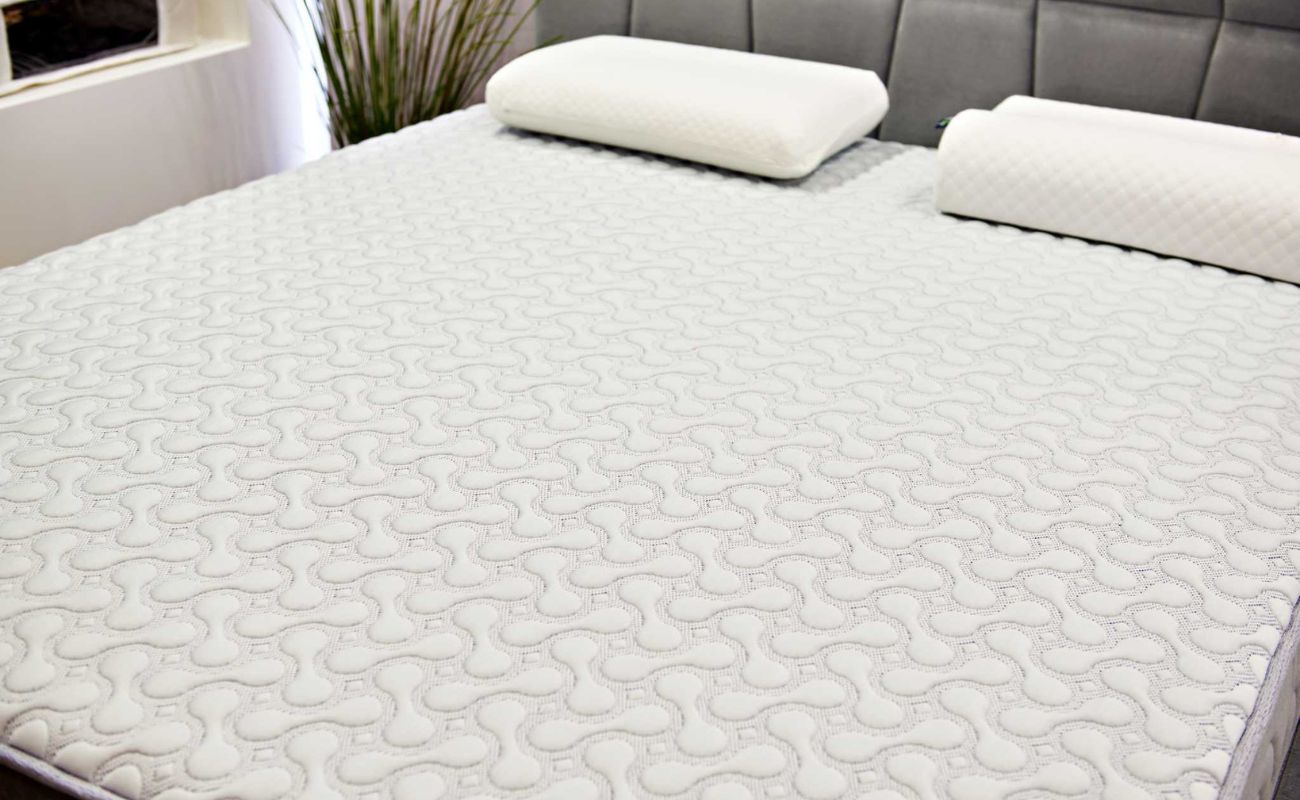

Bedroom Furniture
How To Get Milk Out Of A Mattress
Modified: April 22, 2024
Looking for tips on how to remove milk stains from your mattress? Our expert guide will help you save your bedroom furniture!
(Many of the links in this article redirect to a specific reviewed product. Your purchase of these products through affiliate links helps to generate commission for Storables.com, at no extra cost. Learn more)
Introduction
Welcome to this comprehensive guide on how to effectively get milk out of a mattress. We all know accidents happen, especially when it comes to spills and stains on our beloved bedroom furniture. If you’ve ever experienced the unfortunate event of milk spilling on your mattress, you know how stubborn and unpleasant the smell can be if left untreated. But fear not, with the right techniques and a little patience, you can successfully remove milk stains and odors, restoring your mattress to its former glory.
Before we delve into the step-by-step process, it’s important to understand why it’s crucial to address milk spills promptly. The proteins in milk attract bacteria and can cause an unpleasant odor if they linger on the mattress. Additionally, if left untreated, milk stains can penetrate the fabric and become more challenging to remove. So, it’s important to take immediate action to prevent any long-term damage.
In this guide, we’ll share effective methods to eliminate milk stains and odors from your mattress. Each step is designed to tackle the problem comprehensively, ensuring your mattress stays fresh, clean, and odor-free. Let’s get started with the first step: blotting the milk stain.
Key Takeaways:
- Act quickly to blot milk spills on your mattress to prevent long-term damage and unpleasant odors. Follow the step-by-step process to effectively remove stains and ensure a fresh sleep environment.
- Utilize baking soda, gentle soap solution, and thorough drying to eliminate milk stains and odors, restoring your mattress to a clean and comfortable state.
Read more: How To Get Milk Smell Out Of A Mattress
Step 1: Blotting the Milk
The first and most crucial step in removing milk from a mattress is to immediately blot up any excess liquid. This helps to prevent the milk from seeping deeper into the mattress and causing further damage. Here’s how you can effectively blot a milk spill:
- Act quickly: As soon as you notice the milk spill, grab a clean cloth or paper towel and gently press it onto the affected area. Do not rub the stain, as this can spread the milk and make it more difficult to remove.
- Blot from the outside in: Start by blotting the edges of the spill and work your way towards the center. This prevents the milk from spreading further and minimizes the size of the stain.
- Change the cloth/towel: Once the cloth or paper towel becomes saturated with milk, replace it with a fresh one. This ensures that you’re absorbing as much of the liquid as possible.
- Repeat as needed: If there is still milk on the surface of the mattress, continue blotting until no more liquid is visible. Be patient and thorough in this step, as it can significantly impact the success of the stain removal process.
Remember, it’s crucial to blot the milk spill as soon as possible to prevent it from seeping deeper into the mattress. Once you’ve completed this step, it’s time to move on to the next one: applying baking soda.
Step 2: Applying Baking Soda
Now that you’ve blotted the milk spill, it’s time to tackle any remaining stain and odor using baking soda. Baking soda is a natural deodorizer and stain remover that can help eliminate the unpleasant smell and penetrate deep into the mattress to lift the stain. Follow these steps to effectively apply baking soda:
- Sprinkle baking soda generously: Take a box of baking soda and sprinkle it evenly over the entire stained area. Make sure to cover the entire surface, as baking soda will help absorb any remaining milk residue.
- Gently press the baking soda: Use a clean cloth or your hands to gently press the baking soda into the mattress. This will help it penetrate deep into the fabric fibers and work its magic in lifting the stain.
- Leave it to sit: Let the baking soda sit on the mattress for at least 30 minutes. During this time, it will absorb moisture, neutralize odors, and work on breaking down any remaining milk stains.
Baking soda is not only effective in removing milk stains and odors, but it also helps freshen up the overall scent of the mattress. Once you’ve allowed enough time for the baking soda to do its work, it’s time to move on to the next step: vacuuming the residue.
Step 3: Vacuuming the Residue
After allowing the baking soda to sit on the mattress and work its magic, it’s time to remove it along with any residue using a vacuum cleaner. Vacuuming helps to lift the baking soda and any remaining milk particles, leaving your mattress fresh and clean. Follow these steps to effectively vacuum the residue:
- Prepare your vacuum cleaner: Ensure that your vacuum cleaner is clean and ready for use. If it has a removable filter or bag, check and empty it if necessary.
- Attach the upholstery attachment: Use the appropriate attachment for mattresses or upholstery, as this will allow for better suction and a more thorough cleaning.
- Gently vacuum the mattress: Starting from the top, slowly move the vacuum cleaner over the entire surface of the mattress. Use overlapping strokes to ensure that you cover the entire area.
- Pay attention to seams and crevices: Milk residue can sometimes seep into the seams and crevices of the mattress. Take extra care to thoroughly vacuum these areas to ensure a thorough cleaning.
- Repeat if necessary: If there are still visible traces of baking soda or any residue, repeat the vacuuming process until the mattress is clean and free from any remaining particles.
Vacuuming is crucial to remove any leftover baking soda, as well as any remaining milk particles that may have absorbed into the mattress. Once you’ve completed this step, it’s time to move on to the next one: treating the milk stain with a soap solution.
Blot the milk with a clean cloth to absorb as much as possible. Then, mix a solution of equal parts water and white vinegar and gently dab the stained area. Finally, sprinkle baking soda over the spot and let it sit for a few hours before vacuuming it up.
Step 4: Treating with Soap Solution
Now that you’ve successfully removed the majority of the milk stain and residue, it’s time to treat the remaining stain using a gentle soap solution. Soap can help break down the remaining milk proteins and lift the stubborn stain. Follow these steps to effectively treat the milk stain:
- Create a soap solution: In a bowl, mix a small amount of mild liquid soap with warm water. Make sure to avoid using harsh or abrasive cleaners, as they can damage the fabric of the mattress.
- Dip a clean cloth in the soap solution: Take a clean cloth and dip it into the soap solution. Make sure the cloth is damp but not dripping wet, as excessive moisture can cause damage to the mattress.
- Gently dab the stain: Using the damp cloth, gently dab the remaining milk stain. Be careful not to rub or scrub the stain, as it can spread and make it more difficult to remove. Instead, work from the edges of the stain towards the center.
- Rinse with a clean damp cloth: Once you’ve treated the stain, dampen a separate clean cloth with plain water and gently blot the area to rinse off any soap residue.
- Blot with a dry cloth: Finally, take a dry cloth and blot the treated area to absorb any excess moisture. Leave the mattress uncovered to allow it to air dry completely.
The soap solution helps to break down the milk stain and remove any remnants that may be lingering on the surface of the mattress. Once you’ve completed this step, it’s time to move on to the final step: drying the mattress.
Read more: How To Get Dried Milk Out Of A Mattress
Step 5: Drying the Mattress
After treating the milk stain and completing the cleaning process, it’s crucial to ensure that your mattress is thoroughly dried to prevent any moisture buildup and potential mold growth. Follow these steps to effectively dry your mattress:
- Allow for proper ventilation: Open windows or turn on a fan to facilitate air circulation in the room. This helps in speeding up the drying process.
- Remove excess moisture: Use a dry towel or paper towels to gently blot any remaining dampness on the mattress. Applying slight pressure will absorb the moisture.
- Utilize a fan or heater: If the weather is humid or if you want to speed up the drying process, place a fan or heater near the mattress. This will help in evaporating the moisture more quickly.
- Flip and rotate the mattress: To ensure even drying, flip the mattress and rotate it every few hours. This allows all sides to be exposed to air and aids in drying.
- Patience is key: Depending on the humidity and thickness of the mattress, it may take several hours or even a couple of days for the mattress to fully dry. Be patient and let nature do its work.
Remember, it’s essential to thoroughly dry the mattress before placing any sheets or covers back on it to prevent any dampness or moisture from being trapped, which can lead to mildew or unpleasant odors.
Congratulations! You have successfully removed milk stains and odors from your mattress. By following these steps and taking immediate action, you can ensure that your mattress stays fresh, clean, and free from any lingering milk residue.
Now you can enjoy a good night’s sleep on a clean and odor-free mattress. Cheers to a fresh and comfortable bedroom!
Conclusion
Congratulations! You have reached the end of this comprehensive guide on how to get milk out of a mattress. We have covered each step of the process, from blotting the spill to drying the mattress, ensuring that you can effectively tackle milk stains and odors. By following these steps and acting promptly, you can restore your mattress to its former glory and enjoy a fresh and comfortable sleep environment.
Remember, the key to successfully removing milk stains is to act quickly. Blotting the spill right away helps prevent the milk from seeping deeper into the mattress and causing long-term damage. Applying baking soda and vacuuming the residue helps eliminate odor and lift any remaining stains. Treating the stain with a gentle soap solution breaks down the proteins and further reduces the appearance of the stain. Lastly, allowing the mattress to dry thoroughly is crucial in preventing moisture buildup and potential mold growth.
While accidents happen, it’s important to take immediate action and treat milk spills as soon as they occur. By following the steps outlined in this guide, you can ensure that your mattress stays clean, fresh, and odor-free, providing you with a comfortable and healthy sleep environment.
Thank you for reading, and we hope you found this guide helpful. May you enjoy many restful nights on your clean and milk-stain-free mattress!
Frequently Asked Questions about How To Get Milk Out Of A Mattress
Was this page helpful?
At Storables.com, we guarantee accurate and reliable information. Our content, validated by Expert Board Contributors, is crafted following stringent Editorial Policies. We're committed to providing you with well-researched, expert-backed insights for all your informational needs.
